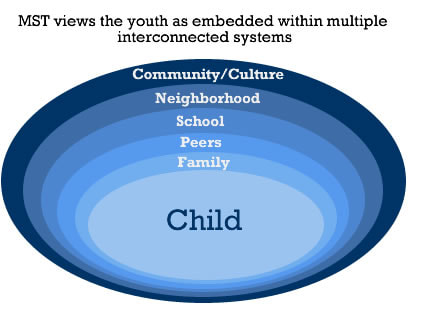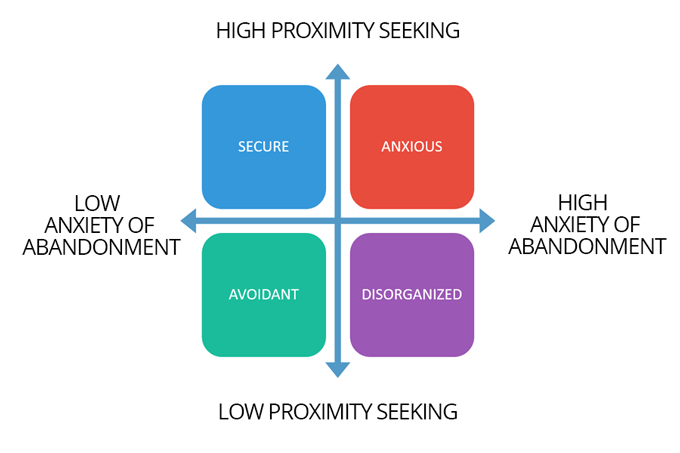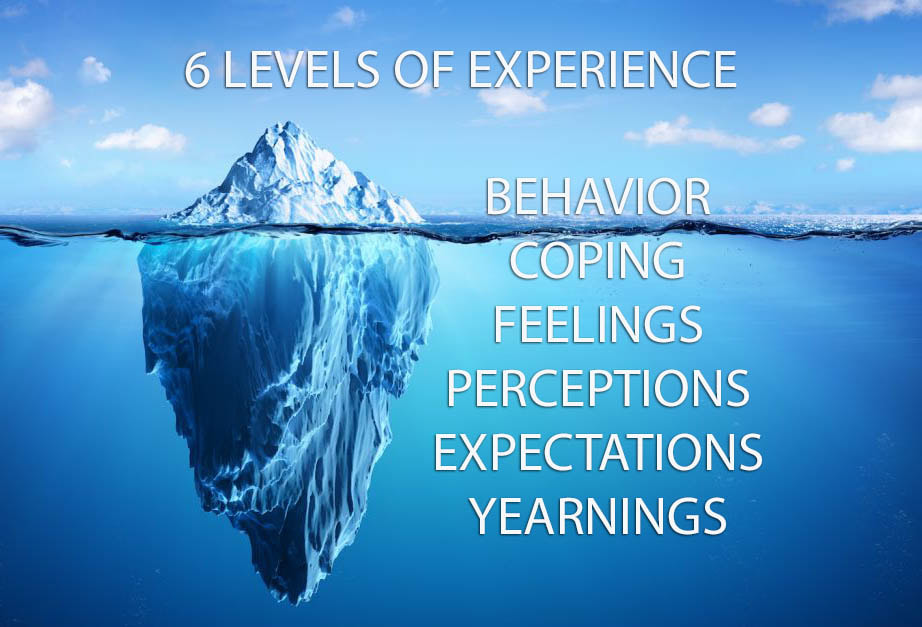Children in kinship foster care experience fewer placement changes, more stability, better behavioral and mental health outcomes, and are more likely to report that they "always feel loved."
Generations United, 2018
WELCOME
Ever since the Adoption Assistance and Child Welfare Act of 1980, relatives are the first to be given the choice of raising children whose parents cannot be the primary caregivers. Placement with relatives, or kin, is often the first option considered by foster care workers when children cannot safely remain in their parents’ home or cannot be reunited with them.
Kinship families often have different needs and face different challenges than families who adopt children unrelated to them.
One of the most unique parts of kinship care is that the child’s kinship parent also has a personal connection with the birth parent. This can be comforting for older children entering kinship care, since they are going to live with someone they already know. On the other hand, these same ties can make it difficult for kinship caregivers to “own” the role of parent from the start. While it takes time, it is important for kinship parents to model stability around roles, routines and a sense of home to the children in their care.
Another hurdle that kinship parents might not expect is the foster care system and its many policies and requirements — many have only the experience of raising their own children to guide them. And when kinship parents are the child’s grandparents, just the thought of raising a child in today’s era may be overwhelming.
Support from trained counseling professionals can help kinship parents provide a stable home for the children they already know and love.
Kinship families often have different needs and face different challenges than families who adopt children unrelated to them.
One of the most unique parts of kinship care is that the child’s kinship parent also has a personal connection with the birth parent. This can be comforting for older children entering kinship care, since they are going to live with someone they already know. On the other hand, these same ties can make it difficult for kinship caregivers to “own” the role of parent from the start. While it takes time, it is important for kinship parents to model stability around roles, routines and a sense of home to the children in their care.
Another hurdle that kinship parents might not expect is the foster care system and its many policies and requirements — many have only the experience of raising their own children to guide them. And when kinship parents are the child’s grandparents, just the thought of raising a child in today’s era may be overwhelming.
Support from trained counseling professionals can help kinship parents provide a stable home for the children they already know and love.
SYMPTOMS AND CONCERNS
MAY INCLUDE BUT NOT LIMITED TO:
- Physical, mental, and emotional health issues
- Raising children with special needs
- Trauma-informed parenting
- Blending children of birth and adoption
- Creating a sense of belonging
- Attachment barriers and difficulties
- Impact of loss of biological parent(s)
- Establishing roles and boundaries in relationships with birth parents
- Relationship with birth parents who struggle with addiction
- Addressing behaviors related to loss, grief and loyalty issues, and much more
GUIDING COUNSELING THEORIES
MULTISYSTEMIC THEORY (MST)
MST is an evidence-based treatment model developed to provide mental health services to adolescents with delinquent behaviors and their families. The goal of MST is to decrease and prevent anti-social and delinquent behaviors while improving the family’s overall functioning.
MST is an evidence-based treatment model developed to provide mental health services to adolescents with delinquent behaviors and their families. The goal of MST is to decrease and prevent anti-social and delinquent behaviors while improving the family’s overall functioning.
MST has shown success with many of the problems that have been identified in adoptive families - e.g., oppositional defiant disorder, conduct disorder, school failure, and substance abuse."
Barth and Miller, (2004)
ATTACHMENT AND ADULT LOVE (SUSAN JOHNSON)
Susan Johnson developed emotionally focused therapy (EFT) with Les Greenberg, which expands upon John Bowbly's seminal work on attachment theory. Attachment theory is concerned with how children’s early relationships affect their development and their capacity to form later relationships. It can increase understanding about what children may bring into new relationships and help families modify expectations and strategies that are no longer helpful, and help the development of new positive relationships.
Susan Johnson developed emotionally focused therapy (EFT) with Les Greenberg, which expands upon John Bowbly's seminal work on attachment theory. Attachment theory is concerned with how children’s early relationships affect their development and their capacity to form later relationships. It can increase understanding about what children may bring into new relationships and help families modify expectations and strategies that are no longer helpful, and help the development of new positive relationships.
THE SATIRE MODEL (VIRGINIA SATIRE)
Designed to improve relationships and communication within the family structure by addressing a person’s actions, emotions, and perceptions as they relate to that person’s dynamic within the family unit.
Designed to improve relationships and communication within the family structure by addressing a person’s actions, emotions, and perceptions as they relate to that person’s dynamic within the family unit.
|
Six-Stage Model of Change
|
4. Integration of new possibilities 5. Practice 6. New status quo |
Gehart, (2018)




